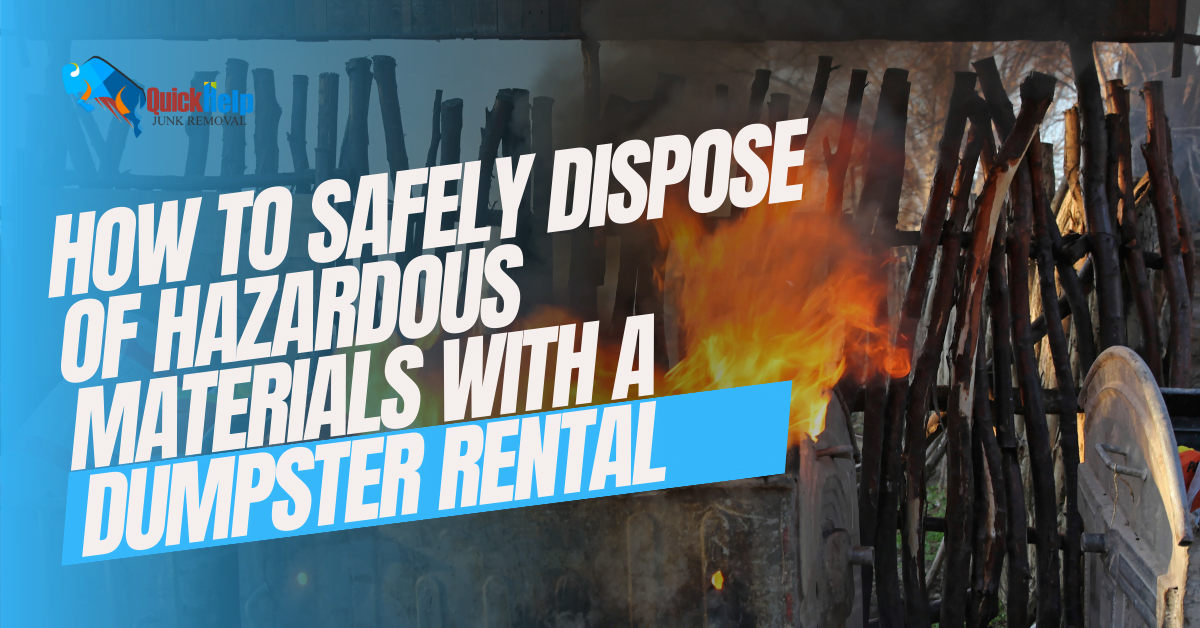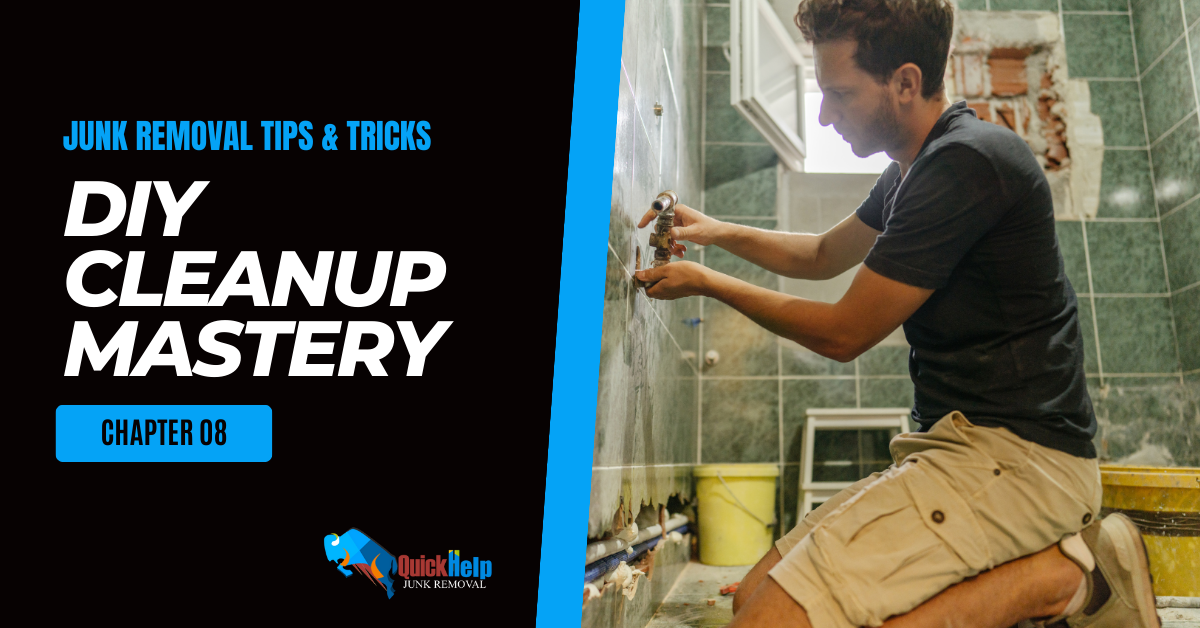How to Safely Dispose of Hazardous Materials with a Dumpster Rental
How to Safely Dispose of Hazardous Materials with a Dumpster Rental. In an era of heightened environmental awareness, the responsible disposal of hazardous materials has become paramount. Whether you’re renovating your home, clearing out a construction site, or tackling a landscaping project, it’s crucial to handle hazardous materials safely and legally. This comprehensive guide will walk you through the steps of utilizing a dumpster rental service to dispose of hazardous materials in an eco-conscious manner, ensuring compliance with local regulations and promoting a cleaner, safer environment.
Understanding Hazardous Materials:
Before embarking on any project, it’s imperative to recognize what constitutes hazardous materials. These can range from household chemicals like paint thinner and solvents, to construction materials like asbestos, lead-based paint, and certain types of insulation. Handling and disposing of these materials improperly can lead to severe health risks for you, your family, and the environment.
Selecting the Right Dumpster:
Choosing the correct dumpster size is a crucial first step. Be sure to communicate the nature of your project to the dumpster rental company, emphasizing that you’ll be dealing with hazardous materials. They can then recommend an appropriately sized container with features like secure lids to prevent any spillage or contamination.
Securing Permits and Compliance:
In many municipalities, specific permits or notifications are required when disposing of hazardous materials. A reputable dumpster rental company will be well-versed in local regulations and can guide you through the process. Failing to obtain the necessary permits could result in hefty fines and legal repercussions.
Proper Packaging and Labeling:
Prior to placing hazardous materials in the dumpster, it’s essential to package them securely. Use sealable containers, bags, or drums designed for hazardous waste. Each container should be properly labeled with its contents to ensure proper handling during transportation and disposal.
Preventing Cross-Contamination:
To prevent cross-contamination, it’s crucial to separate hazardous materials from non-hazardous ones within the dumpster. Utilize separate containers or compartments to keep these materials isolated, minimizing any potential risks.
Monitoring and Reporting:
Throughout the project, it’s essential to monitor the dumpster’s contents, ensuring that hazardous materials are properly contained and labeled. If any spillage or leakage occurs, it must be reported to the rental company immediately for swift action.
Transportation and Disposal:
Once your project is complete, the dumpster rental company will handle the transportation and disposal of the hazardous materials. They should have established relationships with licensed disposal facilities, guaranteeing that your waste is handled in compliance with all environmental regulations.
Conclusion:
By following these steps, you can confidently tackle your project involving hazardous materials, knowing that you’re doing so in an environmentally responsible manner. Partnering with a reliable dumpster rental company that prioritizes safety and compliance is essential. Remember, proper disposal of hazardous materials not only protects you and your community but also contributes to a healthier planet for future generations. With these measures in place, you can embark on your project with confidence, knowing you’re making a positive impact on both your immediate surroundings and the broader environment.




